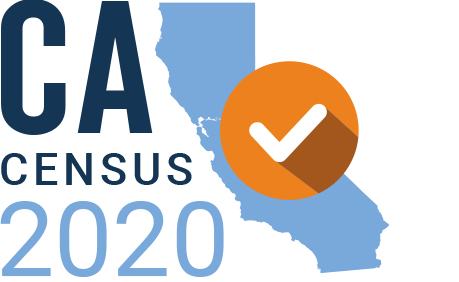Initial report to the Office of Governor Edmund G. Brown Jr. – Counting All Californians in the 2020 Census
Submitted on behalf of the Census 2020 California Complete Count Committee and the California Government Operations Agency
As mandated in Article I, Section 2 of the Constitution, every 10 years, the federal government counts all persons living in the United States (U.S.). The U.S. Census Bureau collects this information, and the U.S. Census Bureau and individual states, local governments, tribal governments and community based organizations (CBOs), non-governmental organizations (NGO), and faith based organizations conduct outreach to publicize and support the count. The federal government then uses the information to determine how many federal dollars flow to each state and how many members of Congress each state will have.
With its highly diverse population and size, the State of California (State) faces the greatest barriers in the nation to ensure that it receives an accurate count and thus receives an equitable share of funding and representation.
To overcome these challenges, the State is undertaking an extensive outreach strategy for the federal 2020 Census to encourage full participation among State residents. In support of the strategy, the Governor has created an advisory committee, the California Complete Count Committee (Committee). The Committee is a volunteer panel of 25 community leaders representing diverse populations from across the State. It is charged with raising awareness of the Census, collaborating to support outreach efforts, and offering its expertise and insights on outreach strategies. An early step in the Committee’s work is to prepare a report to the Governor describing initial concerns and recommendations about outreach and the 2020 Census. This foreword, prepared by the California Complete Count Office of the Government Operations Agency presents essential background and context to frame the following report from the Committee to the Governor.
The State has focused its outreach and communication efforts on the areas of greatest impact: communities historically undercounted in the Census. These “hard to count” (HTC) populations are defined by the U. S. Census Bureau using several variables, including but not limited to: housing conditions, low-income status, citizen and non-citizen status, reliance on languages other than English, mobility, and displacement by disasters. Of particular note are communities of color, children, rural residents, immigrants (including those who are undocumented), LGBTQ+ and people with disabilities as these groups fall within historically undercounted populations.
The Governor’s Executive Order (EO) of April 2018 (EO B-49-18) established the Committee to advise on and assist in the State’s outreach strategy. The Committee and its Working Groups (described in the Committees’ Initial Report) receive presentations from experts within and outside of State government and prepare recommendations to develop and implement the State’s 2020 Census outreach and communication strategies. The Committee shares its thinking and recommendations, and the status and results of outreach efforts, through its Initial Report and follow-up reports to the Governor on a biannual basis through June 30, 2021.
October 2, 2018 – Initial report to the Office of Governor Edmund G. Brown Jr. – Counting All Californians in the 2020 Census
